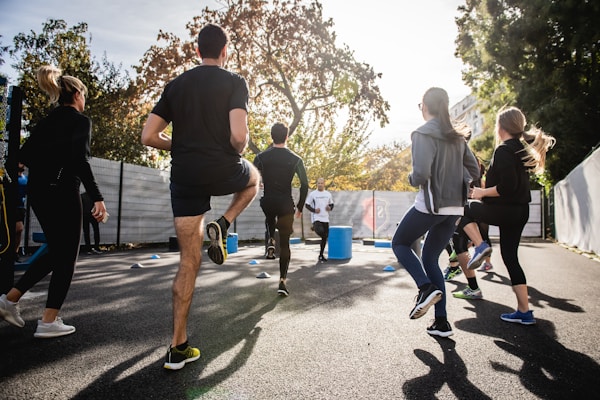Physical activity plays a significant role in improving an individual’s overall well-being. This is particularly true for those going through any form of rehabilitation, such as recovery from addiction, injury, or illness. Exercise can have a profound impact on both mental and physical health during this period, providing numerous benefits that can aid in the recovery process. In this article, we will explore four key areas where exercise can provide the most significant advantages during rehabilitation.
The Role of Exercise in Enhancing Mental Health

Exercise has been proven to have a positive impact on mental health. It’s known to help reduce the symptoms of depression, anxiety, and stress, which can all be factors contributing to the need for rehabilitation. As such, incorporating regular physical activity into a rehabilitation program can be particularly helpful in addressing the emotional and psychological aspects of the recovery process.
When a person engages in physical exercise, chemicals such as endorphins, serotonin, and dopamine are released in the brain. These neurotransmitters are responsible for regulating mood and promoting feelings of happiness and well-being. In addition, exercise can help improve personal confidence and self-esteem, as well as help establish a daily routine that may have been lacking due to substance abuse, illness, or immobility.
Moreover, exercise can also contribute to better sleep patterns, which is vital for mental and emotional health. This can be particularly beneficial during periods of rehabilitation, as restorative sleep can help the body and mind to heal and recover more effectively. Aided by facilities like Reflections Rehab, exercise becomes a fundamental component of the recovery journey along with the help of a professional counselor. This promotes enhanced mental health and overall well-being.
Improving Physical Health and Mobility
Rehabilitation often involves addressing physical injuries, immobility, or disorders that impact a person’s ability to move and function. Exercise can help improve muscle strength, flexibility, and balance during the recovery process. Regular physical activity can also promote better blood circulation, which aids in delivering nutrients and oxygen to tissues and organs while facilitating the removal of waste products and toxins.
By integrating proper exercise routines in a rehabilitation plan, individuals can work towards restoring their physical health gradually. This process, in turn, can lead to improvements in mobility and functional independence. Physical exercise can also help manage and alleviate chronic pain, which is often a consequence of injury or certain medical conditions.
Promoting Social Interaction and Support

Another benefit of exercise in rehabilitation is the opportunity for social interaction and support. Participating in group exercises or recreational activities with others going through similar experiences can foster camaraderie, understanding, and encouragement. The sense of belonging and shared common goal can be instrumental in maintaining motivation and dedication during the recovery process.
Opportunities for social interaction during exercise sessions can also contribute to improved communication skills, empathy, and interpersonal relationships—all of which are essential components of long-term recovery. Being part of a supportive community can help create a safe environment where individuals feel comfortable discussing their experiences and fears, as well as celebrating personal achievements and progress.
In this sense, exercise transcends from being a mere physical activity to a fundamental agent for enhancing emotional stability, social connectivity, and overall rehabilitation success.
Preventing Relapse and Promoting Long-Term Recovery
One of the ultimate goals of rehabilitation is to prevent relapse and achieve long-term recovery. Exercise can play a key role in reducing the risk of relapse by providing individuals with a healthy coping mechanism to manage cravings and stress effectively. By replacing negative habits and behaviors with positive ones, such as engaging in physical activity, individuals lower the chances of reverting to past destructive patterns.
Furthermore, the self-discipline and commitment required to maintain a regular exercise routine can translate to other areas of an individual’s life, fostering personal growth and resilience that support sustained recovery. By developing a better understanding of their bodies, emotions, and triggers, individuals are better equipped to lead a healthier, more self-aware lifestyle that nurtures long-term success in rehabilitation.
Altogether, the incorporation of exercise in rehabilitation programs contributes significantly to mental and physical health, social support, and long-term recovery. By integrating regular physical activity into rehabilitation processes, individuals can not only enhance their overall well-being but also create the foundation for lasting recovery and a healthier, more fulfilling life.

